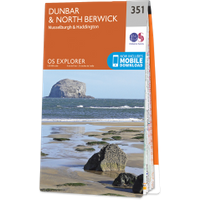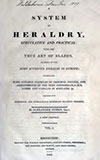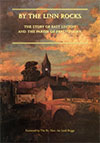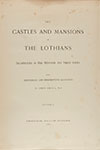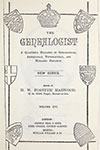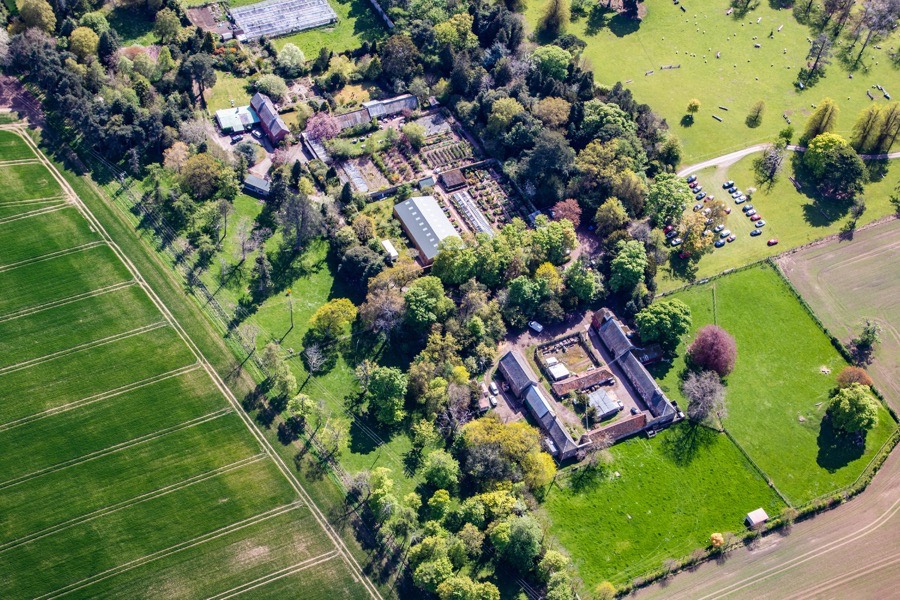

Smeaton was a tower house which belonged to the Hepburn family in the first half of the 16th century but nothing of it now remains besides a later walled garden on the estate.
The lands of Smeaton seem to be first mentioned in the 12th century when Nesius de London or Lundres granted half the vill of Smetoun to his cousin, Alan, during the rein of William I (1165 to 1214). The lands of Smeaton are thought to have been owned by the Hepburn family by the time of the 14th century and it is likely that they built a castle on the estate although I have yet to find a specific reference to this.
A sasine of 1475 mentions Patrick of Smetoun and in 1538 half the lands of Smeaton and all of the lands of Smeaton-Crux were granted to Adam Hepburn by his father, Sir Patrick Hepburn of Waughton and Luffness. Sir Patrick was married to Helen Hepburn, a great-granddaughter of Sir Patrick Hepburn, 1st Lord Hailes.
Adam Hepburn of Smeaton Hepburn was a supporter of Mary Queen of Scots, fought at the Battle of Langside in 1568, and married Isabella Preston, daughter of John Preston of Craigmillar. Their son, Patrick, succeeded upon Adam’s death in 1594 and was a magistrate for the burgh of Haddington in 1608. He died in 1630 and was succeeded by his son, John.
Smeaton is marked on Hondius’ map of 1630 and Blaeu’s mid-17th century map, both based on Pont’s late 16th century map, as a tower named Smyrtoun.
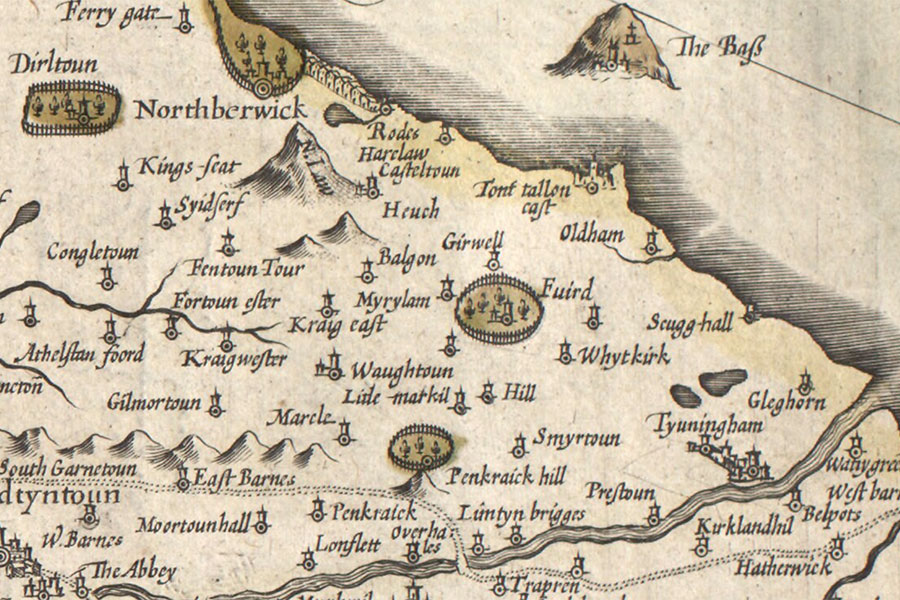
Hendrik Hondius, Amsterdam, 1630map image courtesy of NLS
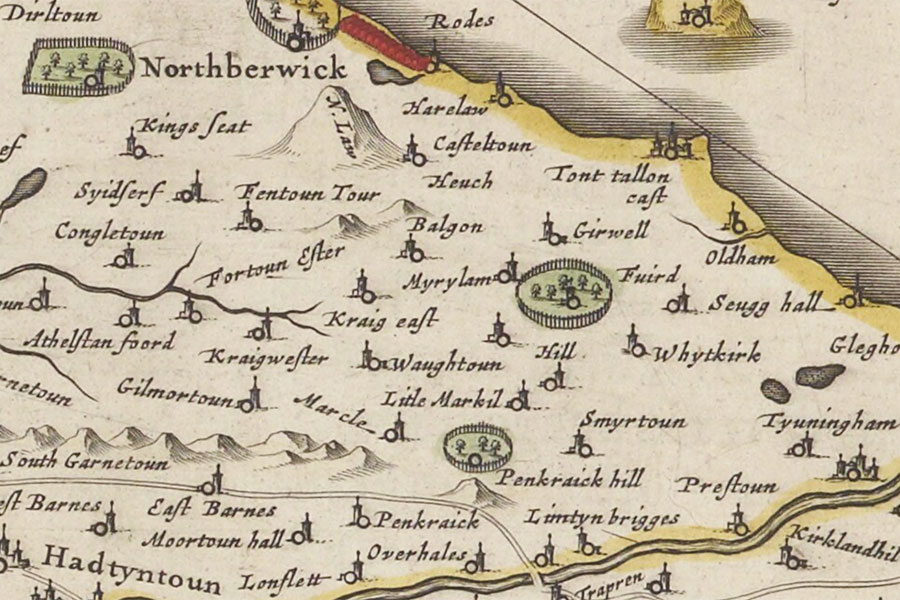
Joan Blaeu, Amsterdam, 1654map image courtesy of NLS
Around 30 years later Smeaton is marked on Adair’s map of East Lothian from 1682 as the tower of Smitone surrounded by parkland.

John Adair, 1682map image courtesy of NLS
John had died in 1659 and was succeeded by his son, Patrick, who died without issue in 1696. Smeaton passed to his nephew, also Patrick, along with the lands of Cruiks in Haddingtonshire and Edmonsdean and Bowhill in Berwickshire. The younger Patrick married Marion Suttie, daughter of Sir George Suttie of Balgone, in 1710 and was succeeded upon his death in 1726 by his first son, Patrick, then his second son, George, upon Patrick’s death in 1732.
George died in 1764 without issue and Smeaton passed to his nephew, also George. This George was the son of the elder George’s sister, Elizabeth, who in 1736 had married John Buchan of Letham, son of George Buchan of Kelloe. The younger George became a member of the Faculty of Advocates in Edinburgh in 1763 and when he succeeded to the barony of Smeaton-Hepburn he took the name Buchan-Hepburn.
A committed agricultural reformer, he did much work to the estate and he is thought to have been responsible for creating the walled gardens to the east of the house in 1782. Consisting of three adjoining square gardens within walls around 200m long by 70m across, they are home to two sundials one of which is dated 1690 while the other is stylistically similar to one at Nisbet Farm near Pencaitland.
In 1790 he was appointed judge of the High Court of Admiralty in Scotland and in 1793 he built a new mansion, presumably to reflect his increasing social status. The two storey plus attic house had a grand eight bay façade with pediment above and housed thirty-six rooms. George retired in 1814 and the following year was created a baronet as Sir George Buchan-Hepburn of Smeaton and Letham. He died at Smeaton in 1819 and his only son, John, succeeded him.
Like his father before him John had been admitted a member of the Faculty of Advocates in Edinburgh in 1790 and he continued his father’s improvements of the estate. In 1820 he created a lake to the west of the house which was used for curling. Upon his death in 1833 he was succeeded by his second son, Thomas, his first son, George, having predeceased him in 1808. Sir Thomas was later President of the Royal Caledonian Curling Club and Conservative MP for Haddingtonshire from 1838 until 1847, and carried out a substantial programme of tree planting on the estate.
Upon his death in 1893 Sir Thomas was succeeded by his second son, Archibald, his first son, John, having been murdered by in Mexico in 1883. Sir Archibald died in 1929 and was also succeeded by his second son, John, his first son, Thomas, predeceasing him in 1923. Five years later Sir John sold the Smeaton estate to John Gray and the Gray family still own it to this day.
The Buchan-Hepburns had already sold the contents of the house by the time of the sale and it remained empty until the Second World War when it was used to house children evacuated from Edinburgh. Contractors from Tranent partially demolished the house in 1948, a job which was finally completed in 1949. The walled gardens opened as a nursery in the 1960s and only the gardens and a few steps of the 18th century house remain.
Alternative names for Smeaton
Smeaton Hepburn; Smeaton House; Smeaton-Hepburn; Smeiton; Smetoun; Smetton; Smiton; Smitone; Smyrtoun; Smyton; Smytoun


